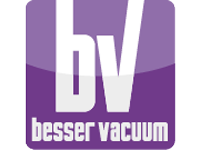filtri
No filter selected













Discover the AgriEuro 2025 Catalogue for ( Vacuum sealers for hard and soft food )
Constantly expanded and updated.
Last updated 05/12/2025